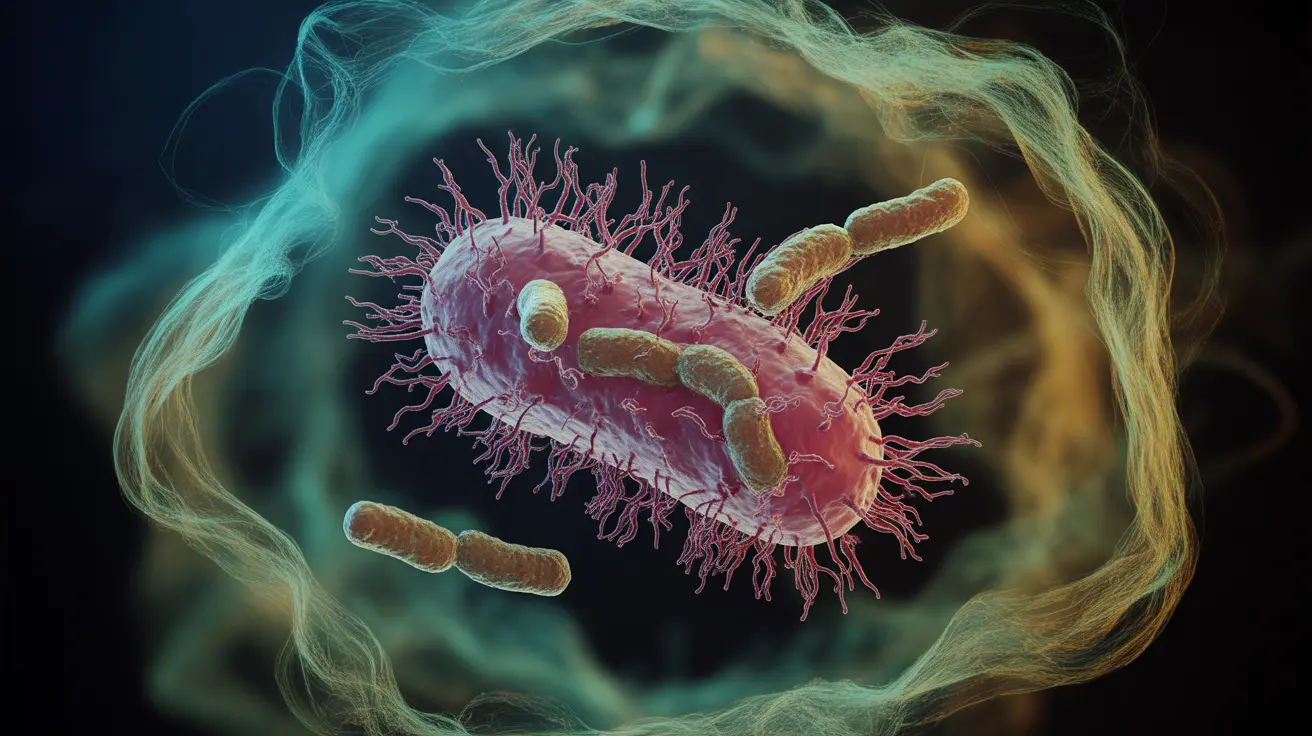Antibiotic resistance represents one of the most significant public health challenges of our time. As bacteria develop resistance to antibiotics, these life-saving medications become less effective, putting millions of people at risk. Understanding how bacteria develop resistance to antibiotics is crucial for healthcare providers, patients, and the general public in combating this growing threat.
This comprehensive guide explores the mechanisms behind bacterial antibiotic resistance, the factors contributing to its development, and the steps we can take to help prevent its spread.
Genetic Changes and Natural Selection in Bacterial Resistance
Bacteria can develop resistance to antibiotics through various genetic mechanisms. When exposed to antibiotics, bacteria that naturally possess genetic variations allowing them to survive will continue to multiply, while susceptible bacteria die off. This natural selection process leads to the emergence of resistant bacterial populations.
The genetic changes that contribute to resistance can occur through:
- Spontaneous mutations in bacterial DNA
- Acquisition of resistance genes from other bacteria
- Activation of dormant resistance genes
- Modifications to existing genetic material
Key Mechanisms of Bacterial Protection
Bacteria have evolved several sophisticated mechanisms to protect themselves from antibiotics:
Drug Inactivation
Some bacteria produce enzymes that can neutralize or modify antibiotics, rendering them ineffective. For example, beta-lactamase enzymes can break down penicillin and related antibiotics.
Target Site Modification
Bacteria can alter the cellular structures that antibiotics typically attack, making it impossible for the drugs to bind and take effect. This is similar to changing a lock so that the key no longer fits.
Efflux Pumps
Many resistant bacteria develop specialized proteins that act like molecular pumps, actively expelling antibiotics from their cells before the drugs can cause harm.
The Impact of Antibiotic Misuse
The overuse and misuse of antibiotics significantly accelerate the development of bacterial resistance. Common problematic practices include:
- Taking antibiotics for viral infections
- Not completing prescribed antibiotic courses
- Using antibiotics without prescription
- Widespread use in livestock farming
Bacterial Resistance Transfer
Perhaps most concerning is bacteria's ability to share resistance genes with other bacteria, even across different species. This horizontal gene transfer can occur through several mechanisms:
Conjugation
Direct cell-to-cell contact allows bacteria to transfer genetic material, including resistance genes, through tube-like structures.
Transformation
Bacteria can pick up DNA from their environment, including resistance genes from dead bacterial cells.
Transduction
Viruses that infect bacteria can carry resistance genes from one bacterium to another.
Preventing Antibiotic Resistance
Healthcare providers and patients both play crucial roles in preventing the spread of antibiotic resistance:
- Only use antibiotics when prescribed by a healthcare provider
- Complete the full course of prescribed antibiotics
- Never share or use leftover antibiotics
- Practice good hygiene to prevent infection spread
- Support antibiotic stewardship programs
Frequently Asked Questions
- How do bacteria develop resistance to antibiotics and what genetic changes are involved?
Bacteria develop resistance through genetic changes that occur via natural mutations or by acquiring resistance genes from other bacteria. These changes can modify bacterial structures, create protective enzymes, or develop efflux pumps that expel antibiotics.
- What are the main ways bacteria protect themselves from antibiotics to survive treatment?
Bacteria protect themselves through mechanisms including drug inactivation (producing enzymes that neutralize antibiotics), target site modification (changing cellular structures), and developing efflux pumps that remove antibiotics from their cells.
- How does the misuse or overuse of antibiotics contribute to antibiotic resistance?
Misuse and overuse of antibiotics create selective pressure that favors resistant bacteria. Taking antibiotics unnecessarily, not completing prescribed courses, and using them in livestock contribute to resistance development.
- Can bacteria share antibiotic resistance with other bacteria, and how does this happen?
Yes, bacteria can share resistance genes through horizontal gene transfer mechanisms including conjugation (direct cell contact), transformation (uptake of DNA from the environment), and transduction (via bacterial viruses).
- What actions can patients take to help prevent the development and spread of antibiotic-resistant bacteria?
Patients should only use antibiotics when prescribed, complete the full course as directed, never share antibiotics, practice good hygiene, and follow infection prevention measures recommended by healthcare providers.




